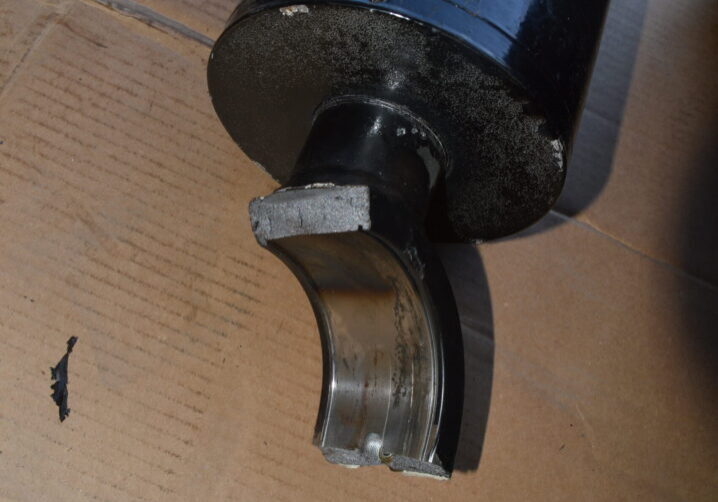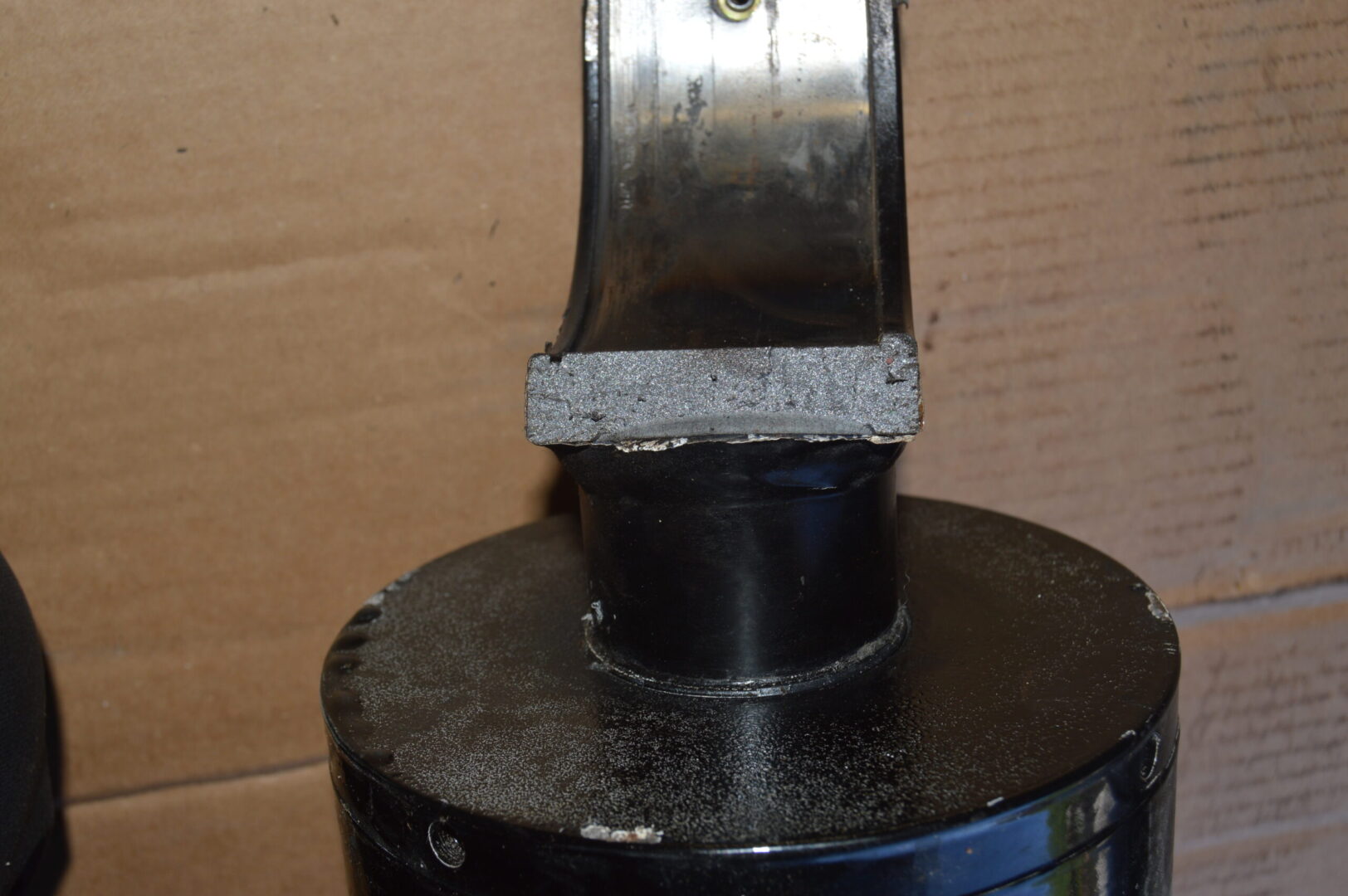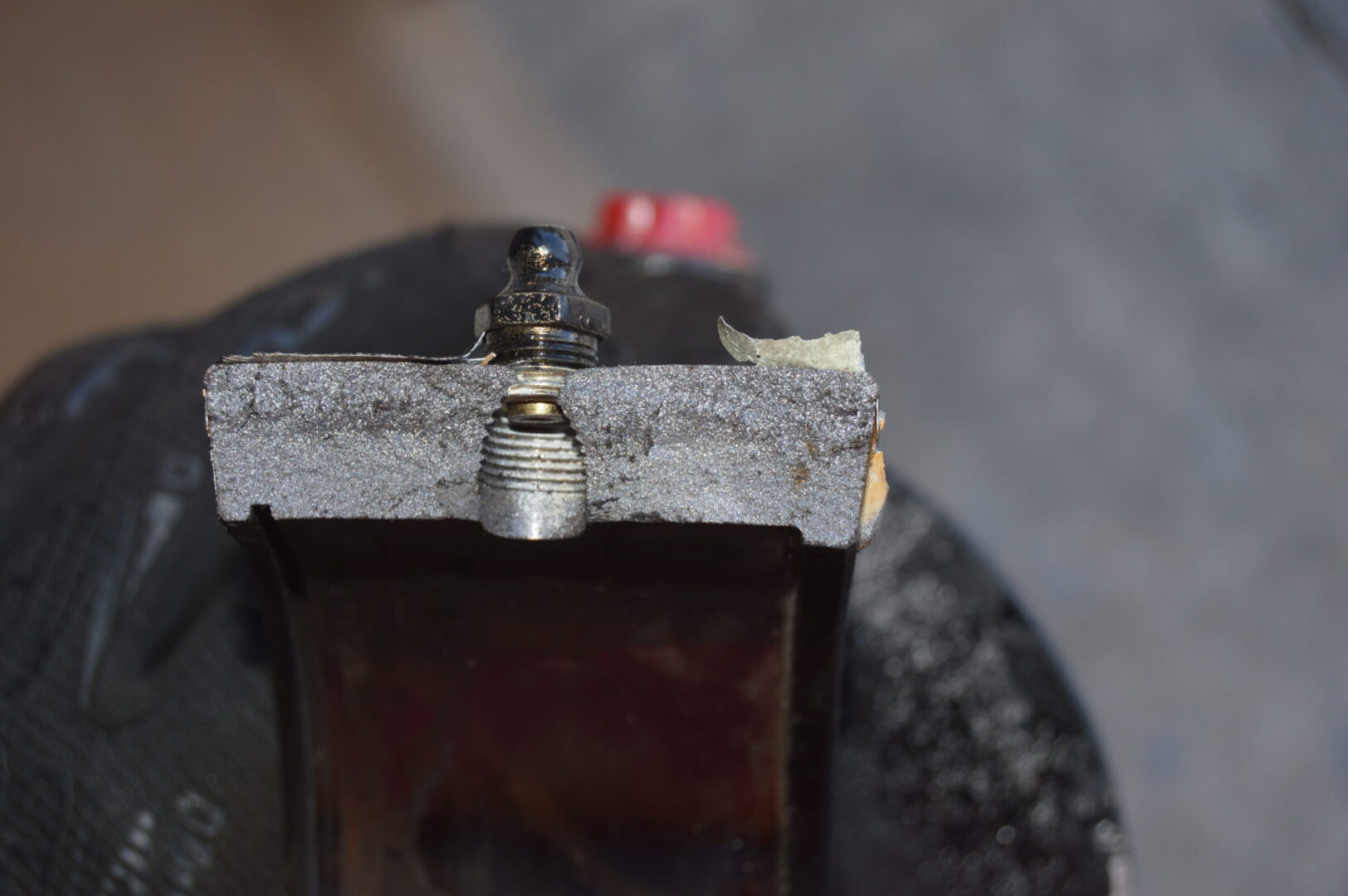Failure Analysis of Hydraulic Cylinders in Speed Lift Accident

The Problem
In spring of 2016, Beacon Forensic, P.C. was contacted to investigate a hydraulic cylinder failure that led to the injuries of two employees operating a speed-lift loading dock lift. A subsequent investigation confirmed that two hydraulic cylinders had failed, dropping the lift to the floor while in operation and resulting in the injuries.
The Investigation and Analysis completed by Beacon Forensic, P.C.
The engineer conducted a failure analysis to determine the cause of the incident. During the investigation, the engineer researched specifications and equipment manuals for the speed-lift as well as specifications for the hydraulic cylinders and completed calculations for lift weight loads. The weld was inspected by a material scientist using the latest technologies to reveal an abnormality in the weld.


The Results
Based on the investigation and research, it was concluded that at the time of the failure, the lift was not overloaded. Due to defective welding during the manufacturing process, the weld on one of the cylinders failed when it experienced high stresses. Once the incident weld failed, the remaining cylinder had to support the weight of the lift platform and its contents. After a period of time, the additional weight exposed led to further deformity and factures, and subsequently failed, causing the raised platform to drop during operation. It was also determined that the supplier of the speed-lift failed to correctly install the equipment before selling the unit.
Bearing Failure Causes Train Derailment

The Problem
A train was traveling through a populated town around midnight when a number of cars hauling a toxic chemical derailed, causing a large spill and injury. It was determined that an overheated and burnt off roller bearing located on a tank car was the root cause of the derailment. The question was why did the bearing overheat.
The Investigation and Analysis by Beacon Forensic, P.C.
The engineer completed an examination of the incident bearing and noted heavily smeared metal on the bearing seat and additional components. The incident bearing had substantial damage and it was not possible to determine the root cause of the bearing failure by that evidence alone. In addition to the inspection of the heavily damaged incident bearing, the engineer also completed a destructive examination of the mate bearing from the same axle. The incident and mate bearings were manufactured at the same time, installed on the same axle at the same time, and exposed to the same application conditions. The engineer had grease samples collected from the mate bearing analyzed using current and approved methods. The results of the analysis showed that the grease from the mate bearing was oxidized and had degraded due to age.


The Results
Combining the results of the inspection and testing with solid research, the engineer was able to prove that the grease in the bearing had been in service for 11 years after its 10-year lubrication design service life. The engineer was also able to prove that other parties were responsible for monitoring the grease condition and the accident was preventable. The engineer in this case had previously been part of a global bearing manufacturer that provided engineered solutions around the world.
